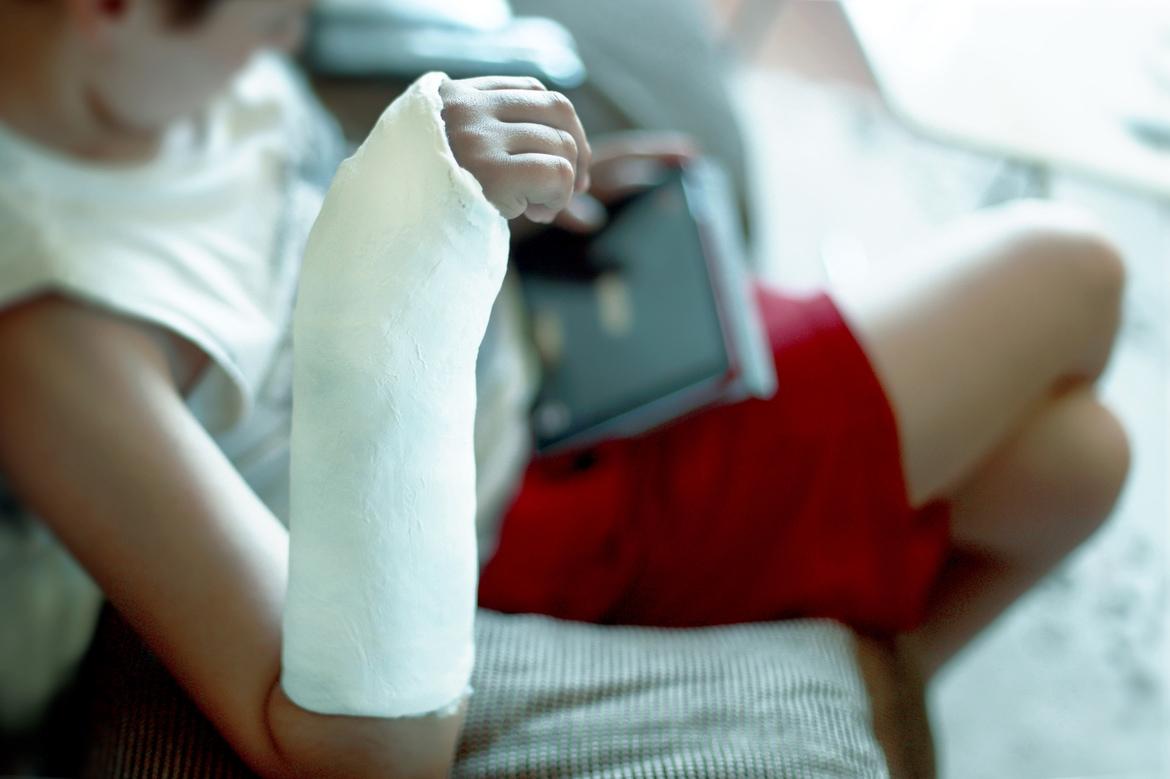-
-
Featured Care Areas

Limb Length Discrepancy
How is limb length discrepancy diagnosed?
In children, leg length discrepancy is often first noticed by parents. To properly diagnose this condition in children, a paediatric orthopaedist will:
- Examine the child’s medical history
- Perform a physical examination, such as observing how the child sits, stands and moves around
- Perform a gait analysis if the child is old enough to walk, to assess the way the child walks and whether they compensate for leg length discrepancy by walking differently
The difference in limb length can be measured in different ways, such as:
- Measuring the limbs while the child is lying at rest
- Placing a series of blocks under the shorter leg until the hips are level, and the blocks measured for height
For a more precise measurement of the difference in limb length, imaging tests may be recommended. This helps your doctor identify the cause or origin of the problem, so that appropriate treatment can be prescribed.
These may include one or more of the following:
- X-rays to provide clear images of the leg bones
- Scannogram (a type of X-ray using three images and a ruler to measure leg bone length)
- Computerised tomography (CT) scans or Magnetic Resonance Imaging (MRI) to get a better view of the bone and soft tissue, and to identify the cause.
How is limb length discrepancy treated?
Treatment for leg length discrepancy will depend on its cause, severity and the child’s age. In most cases, minor differences in leg length can be corrected by wearing a lift or insert in one shoe.
Significant differences in leg length may require surgery to prevent further complications. Surgical treatment may include:
Epiphysiodesis
This procedure may be recommended for children who are still growing, to slow or stop the rate of growth in the longer leg. This allows the shorter limb to catch up in length.
The procedure is performed through small incisions around the knee. It is timed such that the leg lengths are equal by the time the child’s growth ends in their mid-to-late teens.
Limb shortening
This is an option in patients who have smaller leg length discrepancies.
In this procedure, a segment of bone from the middle of the longer limb is removed. A metal plate or rod is inserted to hold the bones in place while it heals.
Limb lengthening
This procedure is usually performed only for patients with significant discrepancies.
It may be performed externally or internally. Both types require regular follow-up visits to the doctor to monitor treatment progress, followed by extensive rehabilitation that includes physiotherapy.
External lengthening
External lengthening involves cutting the bone in the shorter leg and inserting a frame, also known as an external circular-ring fixator, that is connected to the bone with pins or wires.
The frame is manually turned to gradually pull the bones apart, allowing new bone to grow.
The frame is worn until the newly-grown bone is strong enough to support the patient. During this time, careful maintenance and cleaning of the pins are important to prevent infection.
Internal lengthening
Similarly, internal lengthening involves cutting the bone in the shorter leg.
An expandable metal rod is surgically implanted and gradually lengthened, pulling the bones apart and allowing new bone to grow in its place.
The process may take months, but the advantage is that it has less potential for wound complications.
This coverage checker is brought to you by Health Insured, an online resource that helps you understand your health coverage in Singapore.
This page has been reviewed by our medical content reviewers.
Need help?
For enquiries, please call
+65 6377 3737
For appointment bookings, please WhatsApp
+65 8111 3777








